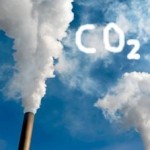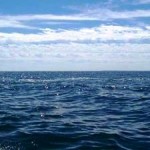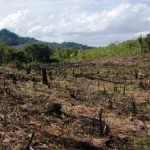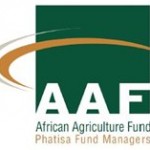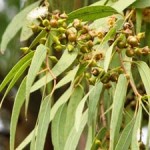Initially, Chinese turbine producers acquired licenses from foreign companies to reproduce existing turbine design. But the Chinese manufacturers soon found that foreign firms were licensing only out-of-date turbines so as not to undermine their competitive advantage. In response, the major Chinese turbine manufacturers shifted away from licensing to commissioning original constructions from international design and consulting firms. This not only costs less than licensing fees, but also allows the Chinese manufacturers to own the intellectual property rights to the design. The strategy has allowed even newcomers to leap-frog years of wind technology development, to produce relatively advanced, high-capacity machines, and compete with the established and more experienced domestic enterprises.
A case in point is Dongfang’s cooperation agreement with the Finnish company, The Switch, from early 2008. Under the agreement, The Switch will supply Dongfang with the production concept and technology for its innovative “permanent magnet generator” package, which, according to experts, represents the technology of choice for next-generation wind power generators, as they offer a platform of highly integrated components built to last and require very little maintenance.
Another way to foster research and development in a particular technology area is to concentrate technology firms, suppliers, and ancillary services in technology clusters like a dedicated industrial park. This has happened in the Chinese wind energy sector. At present, there are at least three major local clusters, all of which are located in special economic development zones in large cities in the north-east: Tianjin, Baoding and Shenyang.
References
1. Trade and Environment Review 2009/2010, Promoting Poles of Clean Growth to Foster the Transition to a More Sustainable Economy, United Nations, Geneva, 2010.
2. Ho MW, Cherry B, Burcher S and Saunders PT. Green Energies: 100% Renewables by 2050, ISIS/TWN, London/Penang, 2009, http://www.i-sis.org.uk/GreenEnergies.php
3. Ho MW, Burcher S, Li LC, et al. Food Futures Now: Organic, Sustainable, Fossil Fuel Free, ISIS/TWN, London/Penang, 2008, http://www.i-sis.org.uk/foodFutures.php
4. Pathways to a Low Carbon Economy, McKinsey & Company, 2009.
5. Brenke S. Cities and Climate, an International Challenge and Development Perspective. Science in Society, Issue 45, 12-14, 2010.
6. Ho MW. The Biogas Economy Arrives. Science in Society, Issue 40, 16-18, 2008.
7. How Variable Speed Drives and Motors Can Help You Meet Your CRC Targets? Masterclass 2, Sustainable Development, Putting Sustainability into Practice, Public Service Events, 18 February 2010, http://www.abb.co.uk/energy
8. LEDs – Are they the Future of Light? Masterclass 1, Sustainable Development, Putting Sustainability into Practice, Public Service Events, 18 February 2010, http://www.cooperlighting.com/content/source/elearning.cfm
9. Low Greenhouse Gas Agriculture, Mitigation and Adaptation Potential of Sustainable Farming Systems, FAO, Rome, 2009.
10. Grameen Shakti, Bangladesh, Rapid Growing Solar Installer Also Provides Clean Cooking, http://www.ashdenawards.org/winners/grameen08
11. Ho MW. How to Beat Climate Change and be Food and Fuel Rich: Dream Farm 2. ISIS Report, 10 July 2007, http://www.i-sis.org.uk/HowtoBeatClimateChange.php
Source: The Institute of Science in Society (ISIS) Report dated April 6, 2009.
Also by the Author:

